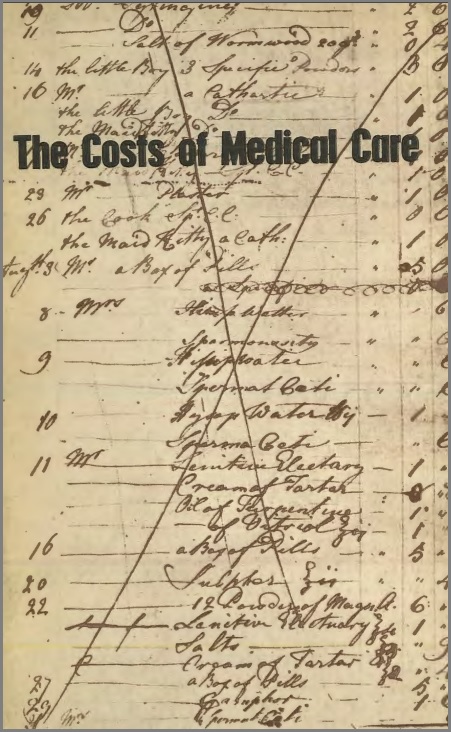Unlocking the Value of Combination Therapies

The cost of the National Health Service in the United Kingdom now exceeds £l,000m. per year. Ten years ago, when expenditure was less than half this amount, the cost of the Health Service was the source of continued public concern. Cost was “the…
The cost of the National Health Service in the United Kingdom now exceeds £l,000m. per year. Ten years ago, when expenditure was less than half this amount, the cost of the Health Service was the source of continued public concern. Cost was “the one aspect of the National Health Service which, since its inception in 1948, has given rise to more critical discussion and controversy than any other single issue”. The controversy has now largely died away, and expenditure on the Service is no longer viewed with such alarm or disquiet. Currently there tends to be greater criticism of under rather than of over spending on certain sectors of the Service.
This paper considers the cost of the National Health Service in England and Wales in terms of the specific tasks performed —the treatment of disease. It attempts, for example, to estimate the relative order of expenditure on the treatment of bronchitis, mental disorders, tuberculosis and other diagnoses by the domiciliary and by the hospital services. It has been suggested that “on many fronts, medicine is buying life at an ever increasing marginal cost”. But what are these costs and how have they arisen? The National Health Service exists for the prevention and the treatment of illness. The “medical procedures” adopted in this task, which are shaped by existing resources and organisation and by prevailing scientific knowledge and ability, are the dominant influence on the pattern and on changes in the level of expenditure on health.
Costs of Medical Care
